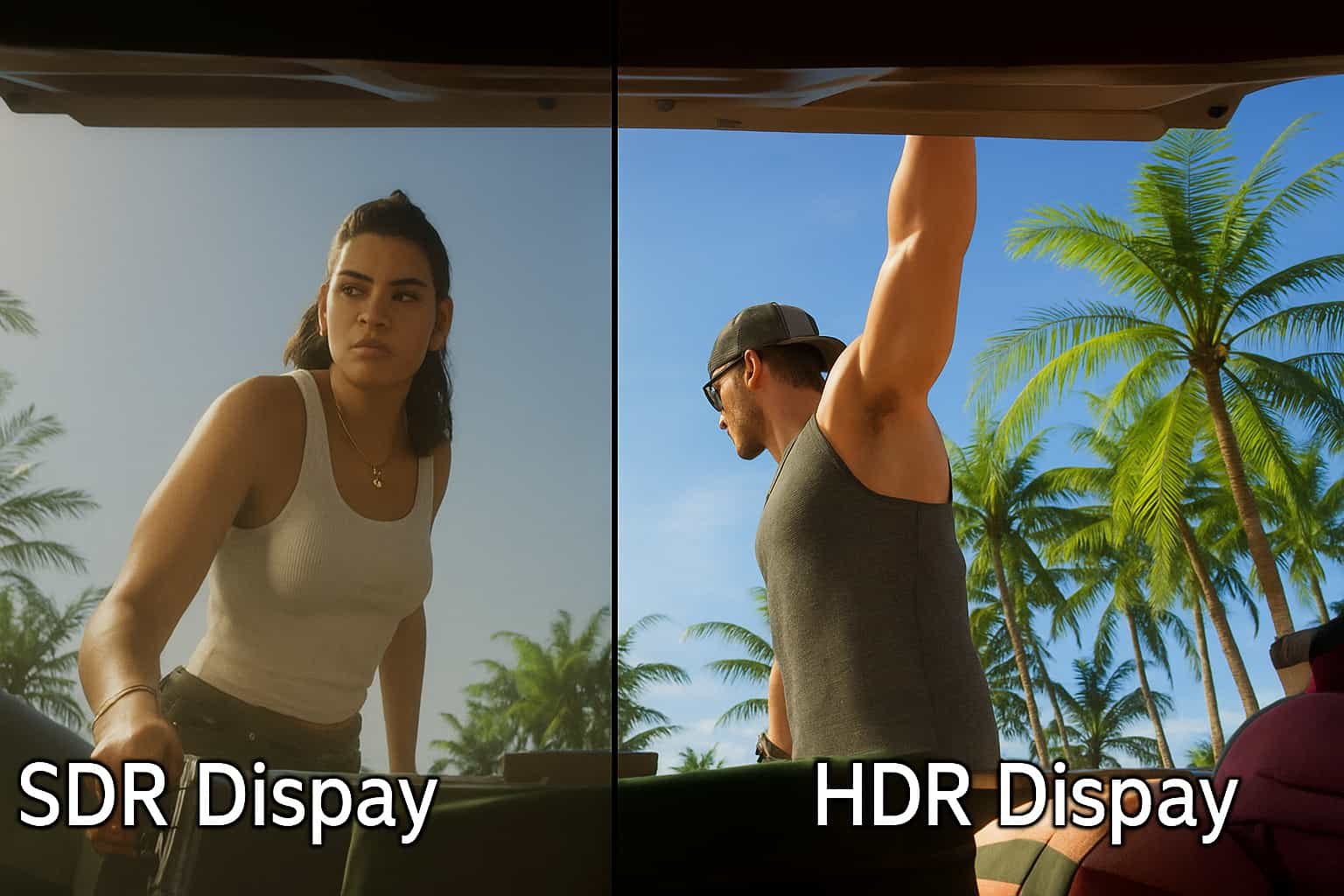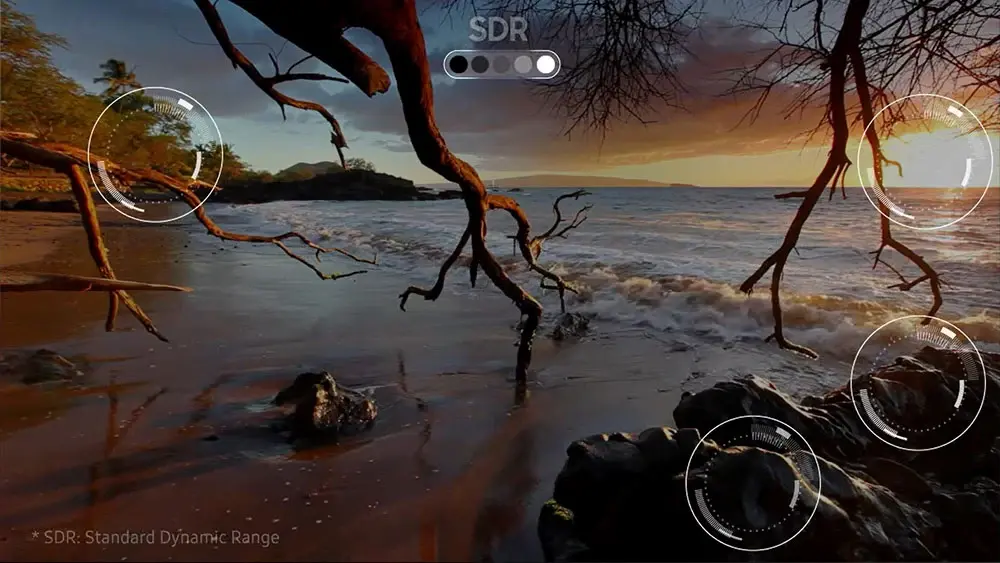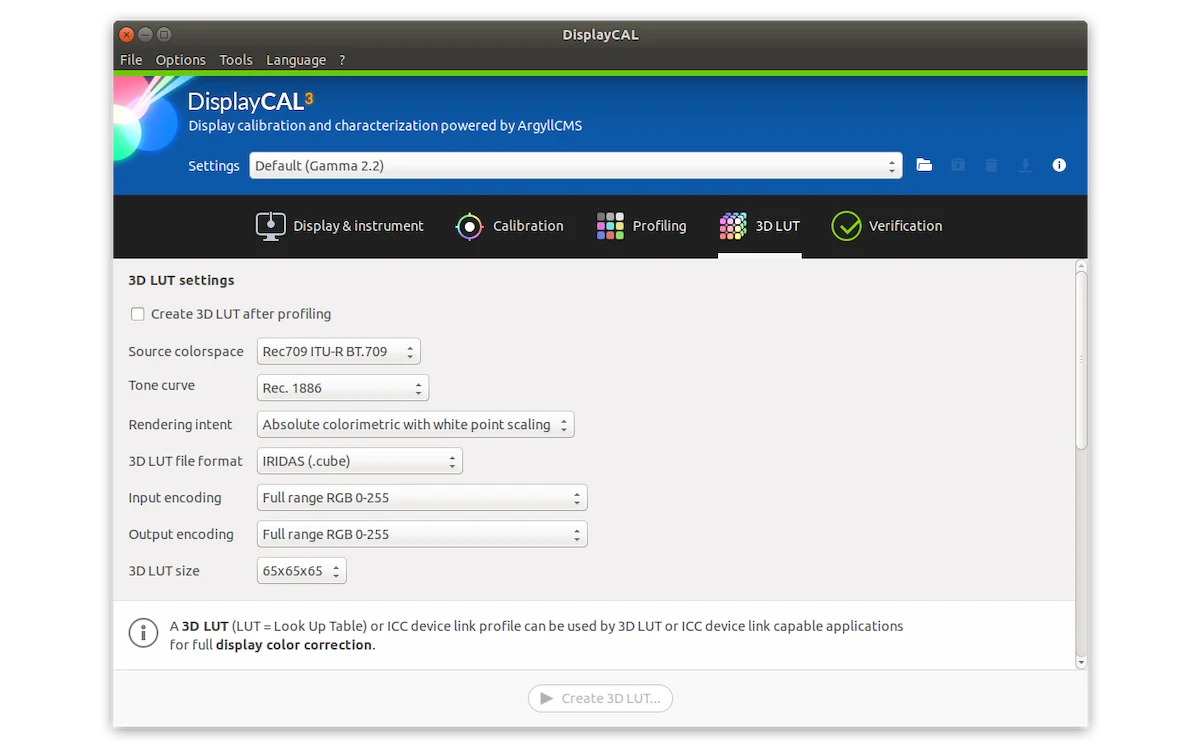When people talk about displays, we often hear the term HDR. But what about SDR? It’s still the default format for most content today. If you’re using a regular monitor or TV, chances are you’re watching everything in SDR without even realizing it.
Let’s break down what SDR really means, how it compares to HDR, and why it still matters in a world where newer technologies are taking over.
SDR Meaning: What Does SDR Mean?
SDR stands for Standard Dynamic Range. It’s a video and image format that’s been around for decades, long before HDR came into the picture.
In simple terms, SDR defines how bright, dark, and colorful your screen can get — but within a limited range. It works well for most tasks like browsing, watching TV, or even gaming. But compared to newer formats, it has its limitations in how vivid or realistic the picture can look.
Think of it like this: SDR is like listening to music on regular speakers — it sounds fine, but it’s not as rich or immersive as a surround sound system. HDR is the surround sound in this comparison.
SDR vs HDR: What’s the Difference?
To understand SDR better, it’s useful to compare it with HDR.
| Feature | SDR (Standard Dynamic Range) | HDR (High Dynamic Range) |
|---|---|---|
| Brightness Range | Up to 100 nits | 400–1000+ nits |
| Color Depth | 8-bit (16.7 million colors) | 10-bit or higher (over 1 billion colors) |
| Color Gamut | Rec. 709 | DCI-P3 / Rec. 2020 |
| Detail in Shadows/Highlights | Limited | Much improved |
| Metadata | None | Static or Dynamic (scene-by-scene control) |
HDR allows for more vibrant images — brighter highlights, deeper shadows, and richer colors. On the other hand, SDR sticks to a fixed range, which means scenes can look flat or washed out on modern high-end displays.

But here’s the catch: not everything is made in HDR. A huge portion of TV shows, websites, and videos on YouTube are still created in SDR. That’s why your monitor’s SDR performance still matters.
What is SDR on a Monitor?
When your monitor says it supports SDR, it means it’s built to handle standard dynamic range signals — basically, the default display format.
SDR monitors typically use an 8-bit color panel, which can display about 16.7 million colors. While that sounds like a lot, it’s still far less than what HDR monitors can show.
These monitors are designed to show content with:
- Moderate brightness (usually around 250–300 nits)
- Basic contrast (black isn’t as deep, white isn’t super bright)
- Rec. 709 color space (standard for SDR)
That said, a good SDR monitor can still deliver a beautiful picture. It just won’t pop like an HDR display would when playing HDR content.
What is an SDR?
If you’re wondering what is an SDR beyond just displays, the term can also refer to something completely different in tech: Software Defined Radio. But in the context of monitors, SDR strictly means Standard Dynamic Range, not radio technology.

So, don’t get confused by the same abbreviation. If you’re reading about SDR sharp or SDR receiver, that’s radio tech — totally different from what we’re discussing here.
SDR Sharp and SDR Receiver (Quick Clarification)
Since we mentioned it — and since many people search for these terms — here’s a quick note:
- SDR Sharp (often written as SDR#) is a popular application used for controlling software-defined radio devices.
- An SDR receiver is a hardware device that captures radio signals and processes them on a computer.
These terms have nothing to do with monitors or image quality, so if you’re deep into display settings and stumble upon these, you can skip over them unless you’re also a radio enthusiast.
SDR Software: Does It Exist for Displays?
While we talk about SDR as a format, you might wonder if there’s actual SDR software to enhance or manage this content. The answer is: not exactly.
SDR is a standard, so there’s no need for specialized software to enable it. However, display calibration tools or color grading software (like CalMAN, DisplayCAL, or even Windows HDR settings) can let you adjust how SDR content appears on your monitor.

In some cases, graphics drivers (like NVIDIA or AMD software) allow you to tweak SDR brightness, gamma, and contrast levels for a better experience. But again, these tools don’t turn SDR into HDR — they just help fine-tune how SDR content looks.
Is SDR Still Relevant Today?
Absolutely. Even though HDR is now widely promoted, SDR is still the default for much of the content we consume every day.
Most live TV broadcasts, budget YouTube videos, webcam recordings, and even many PC games still use SDR. Unless you’re specifically watching HDR movies or playing games that support HDR, you’re probably looking at SDR — and that’s totally fine.
In fact, many creators still prefer SDR because it’s easier to produce and edit. It doesn’t require high-end equipment or specialized mastering like HDR does. That’s part of the reason why SDR has stuck around — it’s simple, familiar, and still looks decent on modern screens.
How to Tell If You’re Watching SDR Content
You might be asking yourself: how do I even know if I’m watching something in SDR or HDR?
Here are a few ways to check:
- TV or Monitor Notification: Some displays show an icon like “HDR” when they detect HDR content. If that doesn’t pop up, you’re in SDR.
- Streaming App Info: Platforms like Netflix, Disney+, and Prime Video label HDR content clearly (HDR10, Dolby Vision, etc.). If that label is missing, it’s likely SDR.
- Game Console Settings: On a PlayStation or Xbox, you can usually check the video output settings to see what’s active. If HDR isn’t turned on, you’re running in SDR mode.
- Windows Settings: On a Windows PC, go to
Display Settings > Windows HD Colorand you can see whether SDR or HDR is being used.
Most of the time, you don’t have to do anything. Devices automatically switch between SDR and HDR based on the content and display capabilities.
What Makes a Good SDR Monitor?
Just because SDR has a limited color and brightness range doesn’t mean every SDR monitor looks the same. There are still key features to look for if you want a monitor that delivers clean, balanced, and accurate SDR images:
- High native contrast ratio: This helps show deep blacks and brighter whites without needing HDR.
- Accurate color reproduction: A monitor that covers the full sRGB color space (used in SDR) will show colors more realistically.
- Good brightness: Even though SDR peaks at around 100–300 nits, a monitor with strong brightness helps with visibility, especially in bright rooms.
- Proper calibration: A well-calibrated SDR monitor avoids over-saturation and unnatural tones.
So even if you’re not buying an HDR monitor, you can still get a great visual experience with a strong SDR panel.
SDR in Gaming and Media Workflows
For gaming, SDR is still the most supported format — especially if you’re not gaming on the latest console or don’t have a high-end HDR-capable monitor.
Most PC games today are designed with SDR in mind, and enabling HDR in Windows doesn’t always improve the picture unless the game is properly optimized for it. In fact, some games look worse in HDR if your monitor doesn’t handle it well, which is why sticking with SDR is often safer.
For media professionals, SDR is still the base for video editing and photography work. Most online content is produced in SDR, so creators want to make sure it looks good for the majority of viewers who will see it that way.
Pros and Cons of SDR
Here’s a quick summary to make it easier to compare:
| Pros of SDR | Cons of SDR |
|---|---|
| Widely supported everywhere | Limited brightness and contrast |
| Doesn’t require high-end hardware | Fewer colors compared to HDR |
| Lower bandwidth and storage use | Can look flat on newer displays |
| Easier to produce and edit | Not as immersive for high-end media |
Why Monitors Still Use SDR as Default
Despite the push for HDR, most monitors — especially budget and mid-range ones — default to SDR. Here’s why:
- Compatibility: SDR works with all devices and software.
- Consistency: Content looks the same across displays.
- Performance: SDR doesn’t demand much from your GPU or CPU, which is helpful for gaming or streaming on lower-spec machines.
Until HDR becomes the standard across all platforms, SDR will continue to be the safe, reliable option for most users.
Conclusion: What Is SDR on a Monitor?
So, to wrap it up — SDR on a monitor means your display is using a format that’s been around for years and is still very much alive. SDR handles color and brightness in a way that’s consistent, simple, and good enough for everyday use. It may not offer the same punchy highlights or deep shadows as HDR, but it delivers dependable quality that works across almost everything.
Whether you’re gaming, editing, or just watching videos, SDR is still the foundation of display technology — and it’s not going away anytime soon.